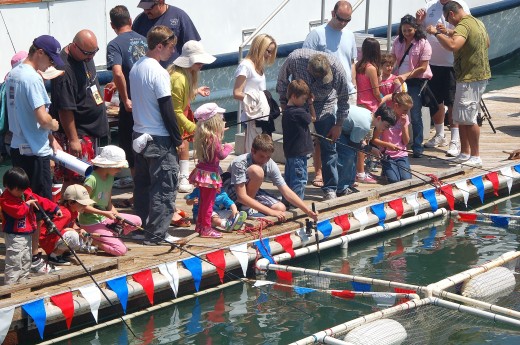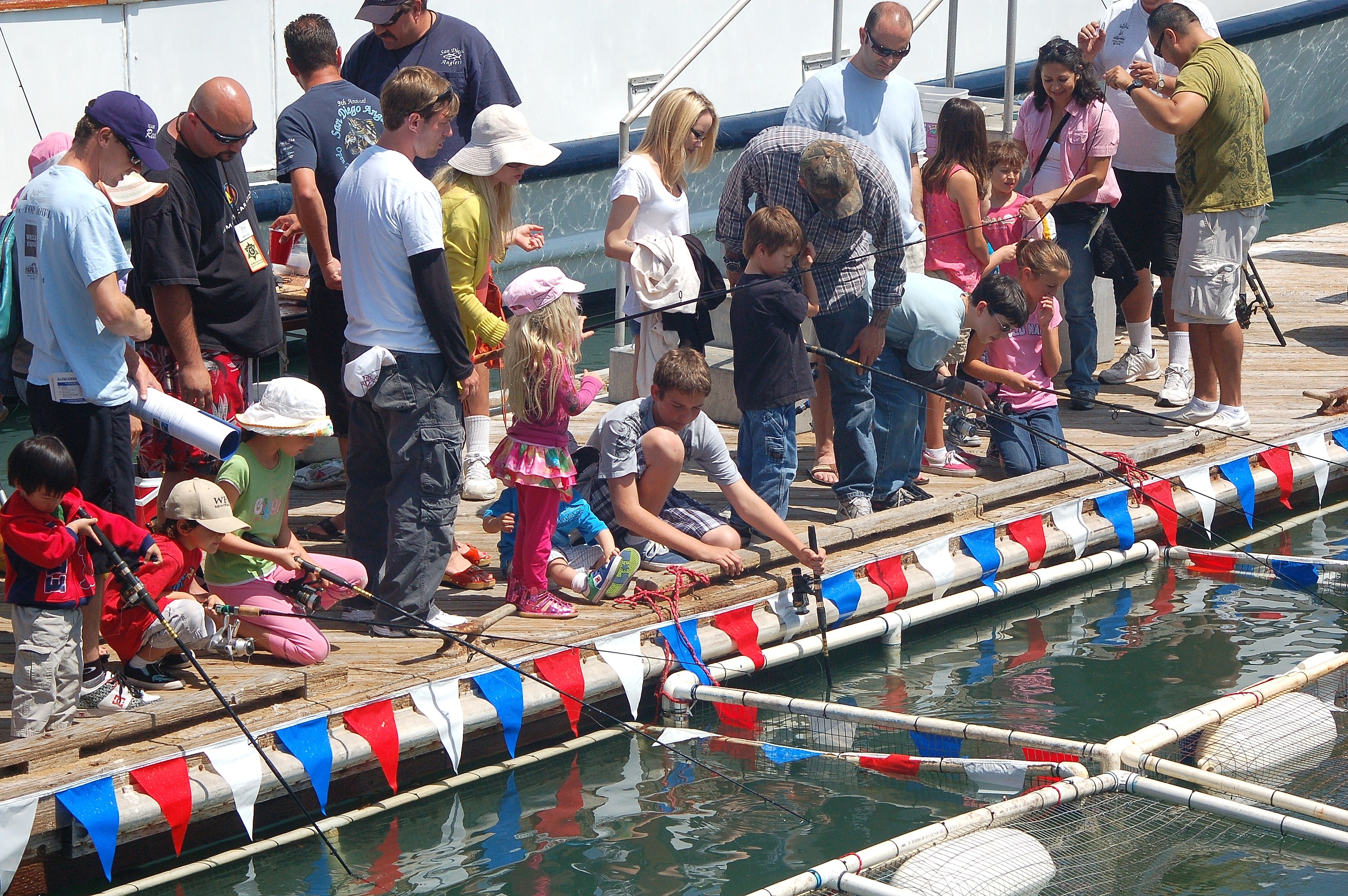
With kids spending more and more time in front of Smart phones or desk computers and less time in the outdoors, organizations throughout the country have taken on the task of getting more kids involved outside.
One of them is the Take Me Fishing movement at www.takemefishing.org, an excellent source for parents seeking guidance on how to get their kids into fishing.
Those who have tried know it’s not easy prying their sweaty little palms away from their mobile phones or computer games, but maybe, just maybe, the tug of a fish on the other end of the line will hook a kid for a lifetime of great fishing experiences.
What I’ve learned about taking kids fishing is that you have to take them somewhere where they’ll catch fish or at least get lots of bites and action. There’s never a guarantee in fishing. It’s not called catching, but there are ways to ensure that they’ll at least get into some biting fish.
My best bets are a lake or pond when bluegill are biting or a sport boat when there’s good action on smaller fish like mackerel, bass or bonito hitting.
A few years ago I took golf writer Tod Leonard out from the U-T San Diego newspaper. His son, Casey, was new to fishing. We went to San Diego Bay with fishing guide Jeff Stock, and it was a very successful trip. Casey outfished us all, knowing just the right time to set the hook and start reeling. Tod and Casey had a fishing memory of a lifetime. And that’s what you want when you take a youngster fishing.
San Diego Bay can be a great place to take a kid. So can places like Lake Murray and Santee Lakes. Keep it simple. Use light gear, not kiddy stuff, but good light gear like a spinning rod and reel. Lower Otay Lake has a very healthy population of bluegill, and they can be found close to the shoreline in the summer months.
Takemefishing.org recommends keeping kids busy with other activities when the fish aren’t biting. Try and teach them about the nearby environment they’re in by pointing out birds or other animals around them. Teach them knots or the difference in lures that they’ll use and why they use them. If you’re on a boat, teach them nautical terms such as the boat’s stern, port side, starboard and bow. Teach them how to cast. There is no more valuable skill an angler can have than making a great cast. Work with them closely on this and then let them try on their own.
It’s not easy these days getting a young boy or girl to give up the instant gratification they get from computer games and switch to fishing, a pastime that often requires patience, but it’s worth a try. The best thing you’ll hear later is, “Gee, Dad, when are we going fishing again?”
